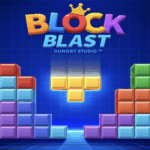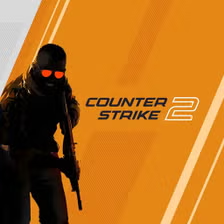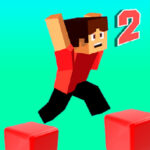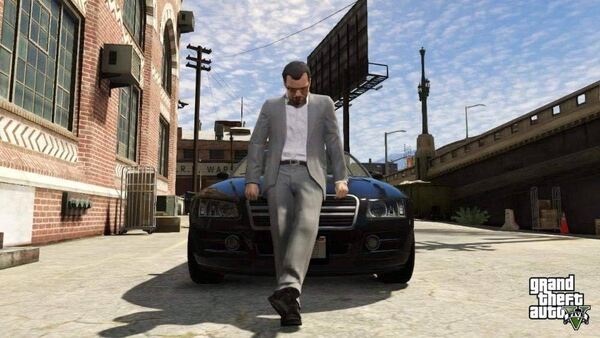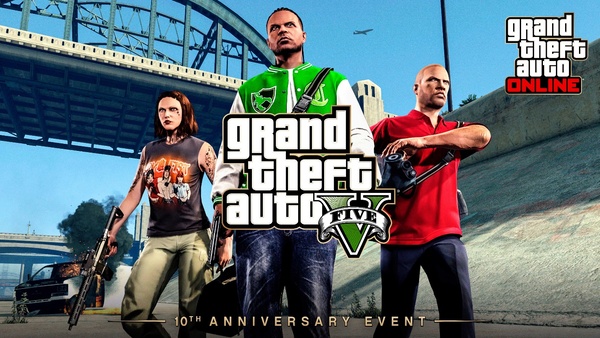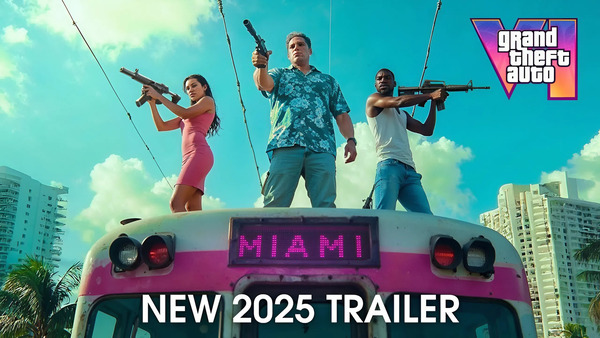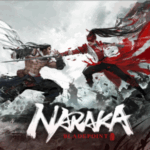Garena Free Fire: Kalahari Map – Redefining the Battle Royale Experience
When talking about mobile battle royale games, Garena Free Fire stands tall as one of the most dynamic and adaptable titles in the genre. With fast-paced matches, accessible gameplay mechanics, and constant innovation, Free Fire has earned a loyal global fanbase. Among the most transformative updates in the game's history is the introduction of the Kalahari map — a rugged, desert-themed battleground that brought a new level of complexity and excitement to the game.
The Kalahari map isn't just another setting; it’s a reimagining of how mobile battle royale maps can function. Its arid landscape, verticality, and unique points of interest introduced a new tactical layer for seasoned players. This article explores the evolution, features, strategies, and long-term impact of the Kalahari map in Garena Free Fire’s gameplay ecosystem.
1. The Arrival of Kalahari: A Desert Revolution
Kalahari was introduced in 2019, marking a turning point in Free Fire’s gameplay diversity. Departing from the lush green expanses of the Bermuda map, Kalahari brought a scorched desert setting filled with ruins, rocky outcrops, and open fields.
-
Designed for experienced players, it offered more complex combat zones and vertical layouts.
-
It introduced a more intense tactical approach, favoring players with better positioning and long-range weapon mastery.
While some new players found the terrain challenging, veterans embraced it as a refreshing test of skills. The varied elevation and sparse cover pushed combat scenarios into new territory, demanding quicker thinking and adaptability.
2. Unique Features: What Makes Kalahari Stand Out
Kalahari isn’t just visually different—it’s structurally distinct. Its gameplay dynamics are shaped by its environmental diversity and tactical hotspots.
Key Points of Interest (POIs):
-
The Observatory: A towering structure offering long-range visibility, perfect for snipers. However, it's also exposed, making it a double-edged sword.
-
Desert Settlement: A maze of tight buildings ideal for close-quarters combat. The fast-paced encounters here are adrenaline-fueled.
-
Command Post: A former military site where loot density and defensive positions make it a magnet for players early in the game.
-
Giant Rock: High terrain offering both cover and control. Dominating this spot provides a tactical overview of nearby areas.
-
Cave System: Hidden and dark, this area is perfect for ambushes and stealth tactics during mid to late game stages.
Environmental Challenges:
-
Open sand dunes provide elevation but little cover.
-
Cliffs and ravines can be advantageous for vertical play but risky to navigate.
-
Sparse natural cover forces players to be resourceful—rocks, crates, and artificial structures become lifelines.
3. Strategic Gameplay: Adapting to the Terrain
Kalahari shifts the focus from traditional, cover-heavy shootouts to tactical survival and positioning. Whether you’re a sniper or a rusher, your playstyle must adapt.
Combat Strategies:
-
Long-Range Engagements: Due to its wide-open spaces, Kalahari rewards players who can pick off opponents from afar. DMRs and sniper rifles are crucial here.
-
Ambush Potential: The map’s caves and narrow buildings are perfect for stealth kills and traps. Submachine guns and grenades shine in these scenarios.
-
High Ground Control: Dominating elevated spots is often the key to survival. Holding areas like the Observatory or Giant Rock gives players a strong visual advantage.
Playstyle Variation:
-
Players who love aggressive play can drop into Command Post or Desert Settlement for early action.
-
Those who prefer a tactical, methodical approach can loot remote areas and slowly make their way to the safe zone using the terrain for cover.
4. Resource Management on Garena Free Fire: Kalahari
Looting on Kalahari isn’t just about grabbing gear—it’s about equipping for the right situations. The map’s unique terrain demands careful inventory planning.
Loot Priorities:
-
ARs with scopes, snipers, and long-range SMGs are ideal for mid to long-range battles.
-
Gloo Walls are vital in open areas with little cover. Use them for instant protection when caught in the open.
-
Med Kits and Inhalers are crucial since engagements often happen at distance, allowing opponents to chip away at health.
-
Utility Grenades are excellent for flushing out enemies in caves or behind rocks.
Smart players also rotate through low-risk areas early and save key utility items for the late game, especially during final-circle stand-offs.
5. Tactical Evolution and Meta Shifts of Garena Free Fire: Kalahari
Since its debut, Kalahari has impacted how Free Fire is played both casually and competitively. It’s not just a map—it’s a battlefield that challenges the fundamentals of positioning, movement, and reaction time.
-
Meta Shift: Initially, players relied heavily on close-range SMGs and shotguns. Kalahari forced a shift toward precision-based weapons and ranged engagements.
-
Movement Importance: The layout encourages strategic rotations and quick repositioning. Standing still is a death sentence.
-
Squad Tactics: Team coordination becomes even more essential, with roles divided between scouts, snipers, and support units.
6. Competitive Impact Garena Free Fire: Kalahari in Tournaments
The map quickly found a place in the Free Fire esports scene, becoming a staple in many official tournaments due to its balance of risk and reward.
-
Pro players thrive in Kalahari’s demanding terrain, using verticality and rotations to outmaneuver enemies.
-
Game knowledge is king: Professionals memorize POI spawn rates, chokepoints, and ambush spots.
-
Final zones on Kalahari often lead to unpredictable endings, favoring creative strategies and adaptability.
7. Community Response and Player Feedback
The introduction of Kalahari was met with enthusiastic reception, particularly from long-time players craving a new challenge. Over time, it became one of the most played and most discussed maps in the Free Fire community.
-
Positive feedback centered around the tactical variety and visual distinction.
-
Some challenges emerged regarding visibility and difficulty for newer players, but these were balanced with time as players learned the map.
8. Visuals and Immersion: A Unique Desert Landscape
Beyond gameplay, Kalahari delivers a visually distinct and immersive experience. The map's sandy textures, scattered ruins, and dynamic lighting effects contribute to a more atmospheric, survivalist tone.
-
Daylight transitions and harsh sun create a realistic desert feel.
-
Sound design complements the map, with echoes in caves and winds sweeping across dunes.
This immersion deepens player engagement, reinforcing Free Fire's evolution into a richer mobile experience.
9. Kalahari’s Legacy in Free Fire
Even years after its release, Kalahari continues to be a defining element of Free Fire's identity. It represents a bold shift in design philosophy, encouraging Garena to push further with future updates.
-
Map rotation strategies often favor Kalahari due to its balance.
-
It remains a fan-favorite for custom rooms, ranked matches, and esports events.
-
Its success opened doors for even more innovative maps like Alpine and Bermuda Remastered.
10. Conclusion: Kalahari’s Enduring Impact on Battle Royale Gaming
Kalahari didn’t just expand Free Fire’s world—it changed how players approach battle royale on mobile. Its strategic depth, environmental storytelling, and diverse combat zones make it a standout map in the game’s growing lineup.
Whether you're sniping from a cliff, ambushing in a cave, or leading a squad through open desert, Kalahari offers something for every type of player. Its influence is evident not only in how players strategize but in how Garena continues to innovate in the genre.
Kalahari stands as a symbol of evolution in Free Fire—a map that challenges, rewards, and redefines what mobile battle royale gaming can be.









